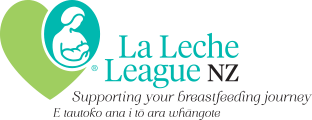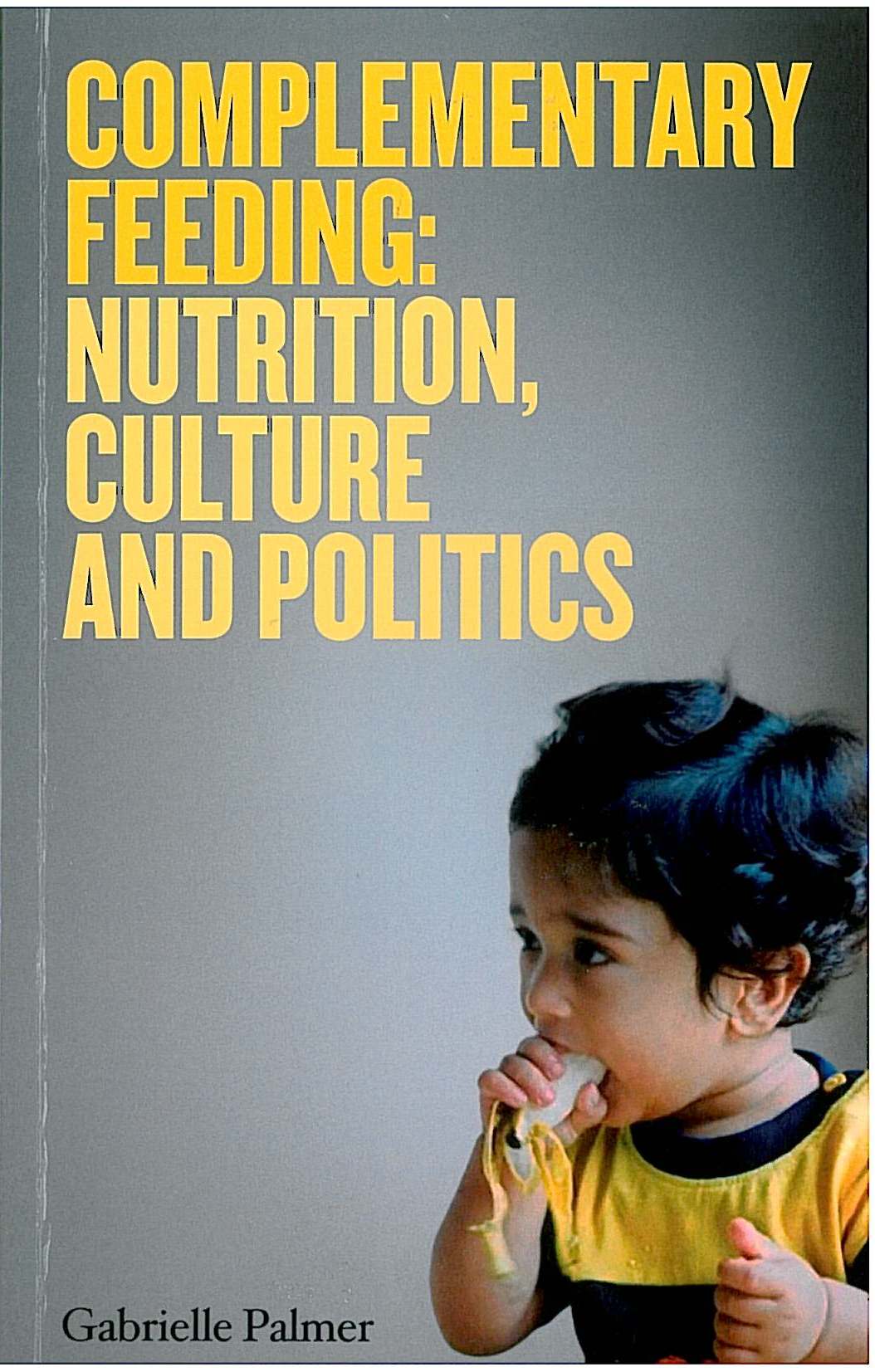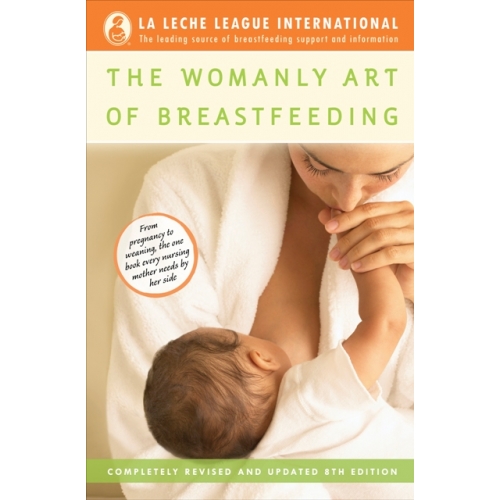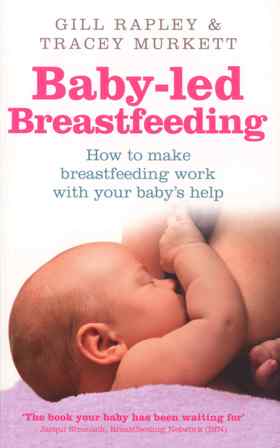Complementary Feeding: Nutrition, Culture and Politics
Complementary Feeding: Nutrition, Culture and Politics
Written by the well-known author of The Politics of Breastfeeding, this book is based on a paper
written for the International Baby Food Action Network (IBFAN), which works to halt the unethical
marketing of baby foods.
Gabrielle Palmer pursues her interest in the political aspects of infant feeding practice with
regards to the specific topic of complementary foods, the influences of cultural practices, market
forces, and government policy. She touches on anthropological evidence, history and cross
cultural migration, spotlighting both healthy and not so healthy aspects in a range of countries and
cultures. Much of the book deals with the politics of access and entitlement to food and water
resources. In many areas of the world food is produced but is unsuitable, is too expensive or not
available for local consumption. Nutrition support for mothers in poor and rich countries can lead
to unforeseen complications and have negative effects.
The author explains that local foods, prepared in traditional ways are usually the best first foods
for babies. She writes that commercially marketed ‘baby foods’ are unnecessary as
complementary foods and that recommending a set age for introduction of complementary foods
is not necessary. Babies will reach for family food when ready. The author also shows evidence
that cereals may not be the best first food for babies because most lack key minerals and children
may not be physiologically ready to digest cereals until around two years of age. Gabrielle Palmer
also explains that most complementary foods given to older infants and young children replace a
superior food, breast milk, with a nutritionally inferior food. There is also a very interesting
appendix on iron and iron deficiency anaemia.
This compact book of just over 100 pages is easy to read with key points summarised at the end of
each section, additional notes at the bottom of each page, appendices for fuller explanations,
extensive references and an index. There are several multicultural photos of young children
exploring complementary foods.
Although maybe not a core issues read, this book will give La Leche League families additional
support for valuing breast milk as the continuing superior infant food beyond six months of age;
for following their own babies’ cues in starting complementary foods and for using simply
prepared, local, family foods. It will also be invaluable to those interested in the politics of infant
feeding.
Original review, printed in Aroha Volume 13 Number 6
Complementary Feeding: Nutrition, Culture and Politics
By Gabrielle Palmer
Pinter & Martin, UK, 2011
Reviewed by Isobel Fanshawe and Lorraine Taylor, LLLNZ



